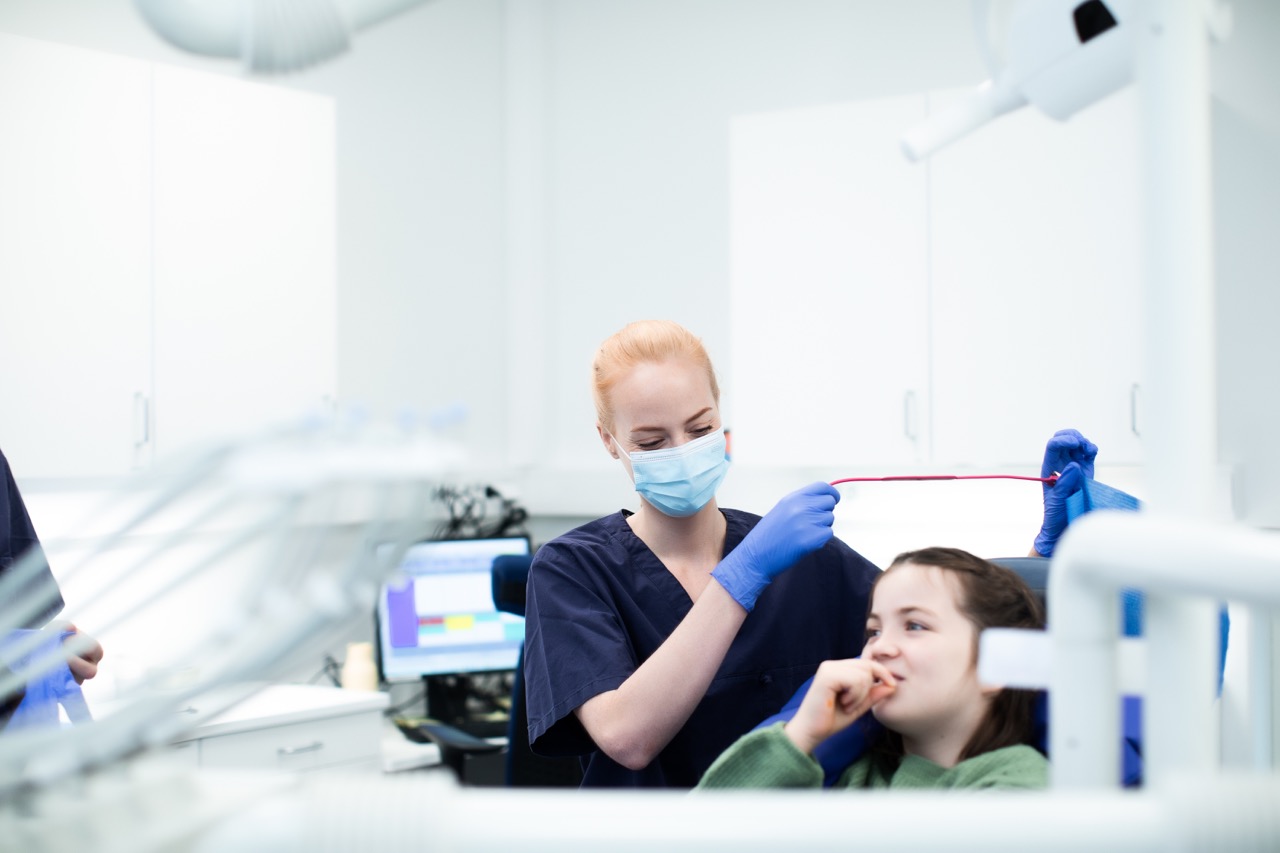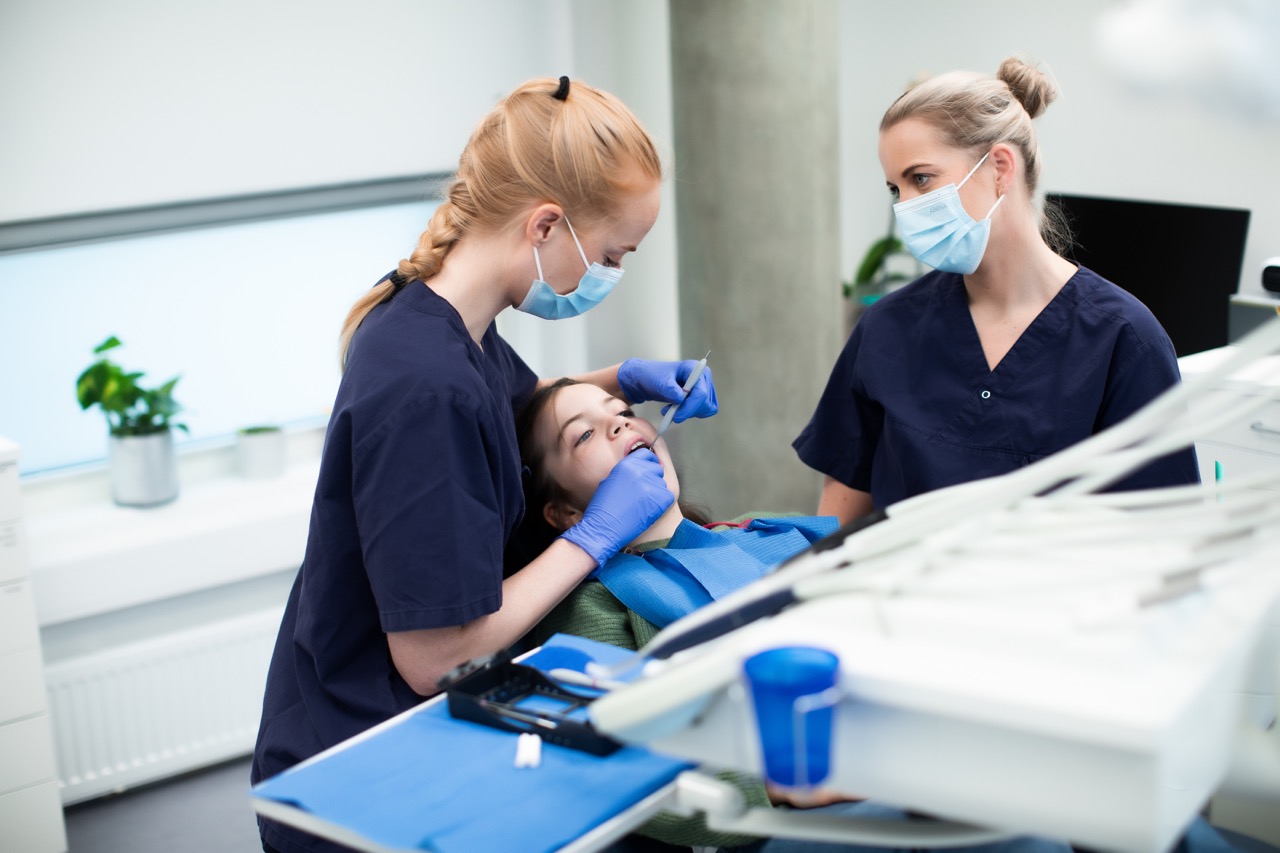Oral Health and Juvenile Idiopathic Arthritis (JIA) -- A Longitudinal Study
Do children with arthritis have worse oral health than healthy children?

Background
Juvenile idiopathic arthritis (JIA; pediatric arthritis) is the most common rheumatic disease among children and teenagers, and is more common in girls than boys. The disease can cause joint damage, bone growth disorders and pain and impaired function. If the jaw joints are affected in the youngest children, long-term illness can cause stunted growth in the lower jaw leading to asymmetries in the face, unfavourable dental position and chewing difficulties. Many of the children have low vitamin D levels, more caries (holes in the teeth) and lower saliva secretion than healthy children.
The causes of the disease are still not fully understood. JIA is a chronic disease that most children take with them into adulthood. With current treatment strategies, it is fortunately possible to limit the damage of the disease.
The Norjia study (Norwegian Juvenile Idiopathic Arthritis Study) is a multidisciplinary, multicenter, longitudinal observational study taking place in Trondheim, Tromsø and Bergen. Doctors with experience in rheumatology and experienced dentists have examined the children.
Purpose
Compare children with JIA with healthy children, to look at differences in oral health, vitamin D level, salivary secretion rate, and saliva composition.
Methods
In total, the study included dta from 224 children with JIA and 224 healthy children aged 4-16 years. The children were examined twice over the course of two years to look at development over time. The children with JIA received a thorough medical examination including demographic data, age at disease onset, disease duration, JIA category, disease status, medication, X-ray, and blood tests.
The children (or parents for the smallest children) answered questionnaires about quality of life, physical activity and dietary habits. All the children also received a thorough dental examination including x-rays, clinical photos, recording of caries, enamel defects and etching damage to the teeth, assessment of gum inflammation and cleanliness, bite conditions, chewing function and saliva samples were also taken.
Cooperating Institutions and External Financing
- NTNU, IKOM
- St. Olav's Hospital
- Dental Health Service Competence Centre in Northern Norway (TkNN)
- Arctic University of Norway (UiT)
- University Hospital of Northern Norway
- Dental Health Service Competence Centre (TkVest)
- Haukeland University Hospital
- University of Bergen (UiB)
























